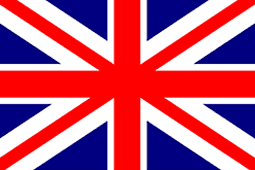Erasers
When writing or drawing, everyone makes mistakes. Fortunately, there’s a little device to eliminate them – the eraser. Designed to remove pencil marks, erasers are found on wooden pencils, mechanical pencils and as standalone tools.
Brief history of the eraser
Before the eraser was invented, people would remove graphite marks from paper using rubber or wax tablets. In Japan, breadcrumbs were used. To remove ink from parchment, they used pieces of sandstone or pumice.
In 1770, an English engineer discovered rubber removed pencil marks effectively. From there, there were pencil erasers or they were sold individually.
Best erasers for artists
As the eraser became a household item, many different types became available for different purposes. This is especially good news for artists. This quick guide will help you select the ideal eraser for the job.
- Art gum erasers – This has a gummy texture and looks translucent. Softer than other types, art gum erasers are compatible with most paper types. However, there are some downsides. As it absorbs graphite, it will leave “crumbs” on the page. And an art gum is not too precise, so it’s not designed for fine, intricate drawings.
- Rubber erasers – You’ll find this classic in most pencil cases or attached to wooden and mechanical pencils. Like gum erasers, these pull graphite away, leaving crumbs. However, rubber is gentle and more precise, making them great for detailed drawings.
- Kneaded erasers – This eraser is pliable, so it can be moulded like clay. Picking graphite off paper while leaving no “crumbs”. As it can be re-kneaded, they’re good for removing fine details. But as the eraser becomes sticky, it is best suited to large areas.
- Vinyl eraser – Also called plastic or drafting erasers, this hard eraser is strong enough to remove ink. This makes them a great choice for draftsmen and carpenters.
Explore our broad range of Japanese erasers today.













































































